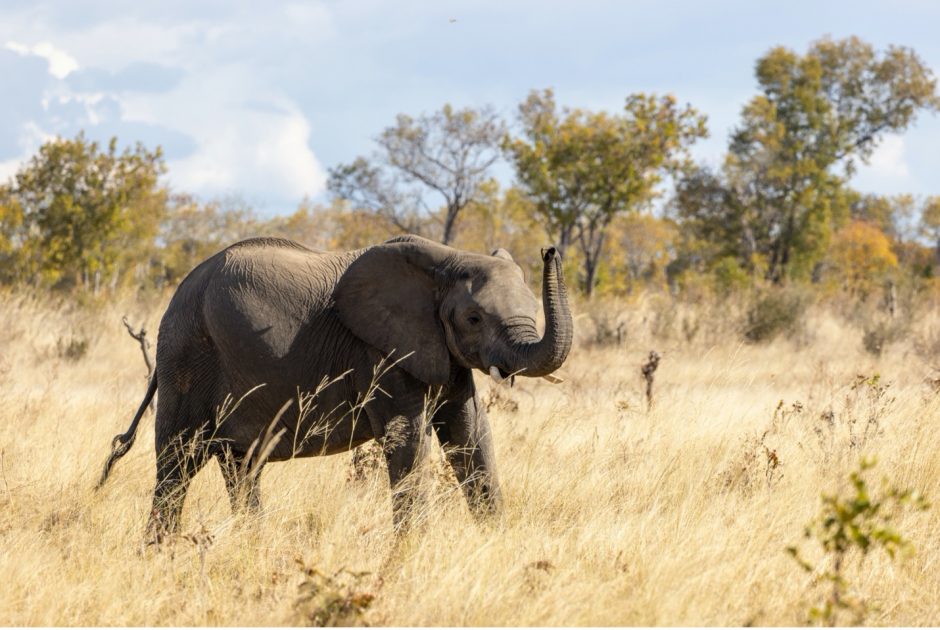
My Favorite Photography Accessories for an African Safari
It takes a lot of prep work to put together an African photo safari, from the flights to the perfect photo itinerary to the logistics. And then there’s the packing…
Whether you have an advanced point-and-shoot camera or a camera with interchangeable lenses, the camera accessories you’ll need for an African safari tend to be pretty universal. They will help elevate your photography game no matter what camera you have and no matter how much experience you have with wildlife photography.
Let’s get right into it!
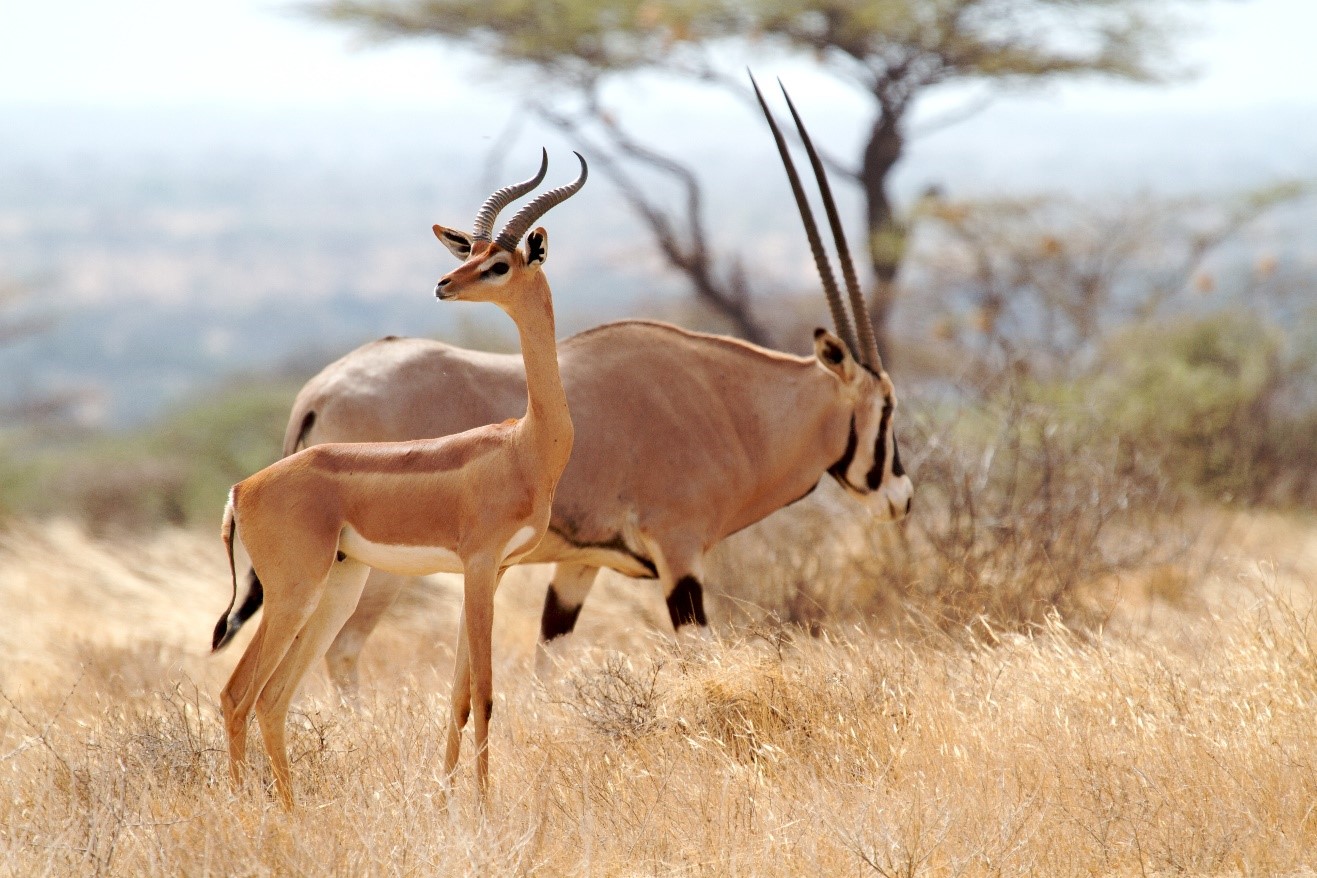
Pack Towel
When I say a “pack towel” I’m referring to the small hand-towel-sized towels you can get at outdoor stores, which are light and durable. But, frankly, just about any hand towel will do. If you don’t have one of those, a bandana or even an old T-shirt will also do the trick.
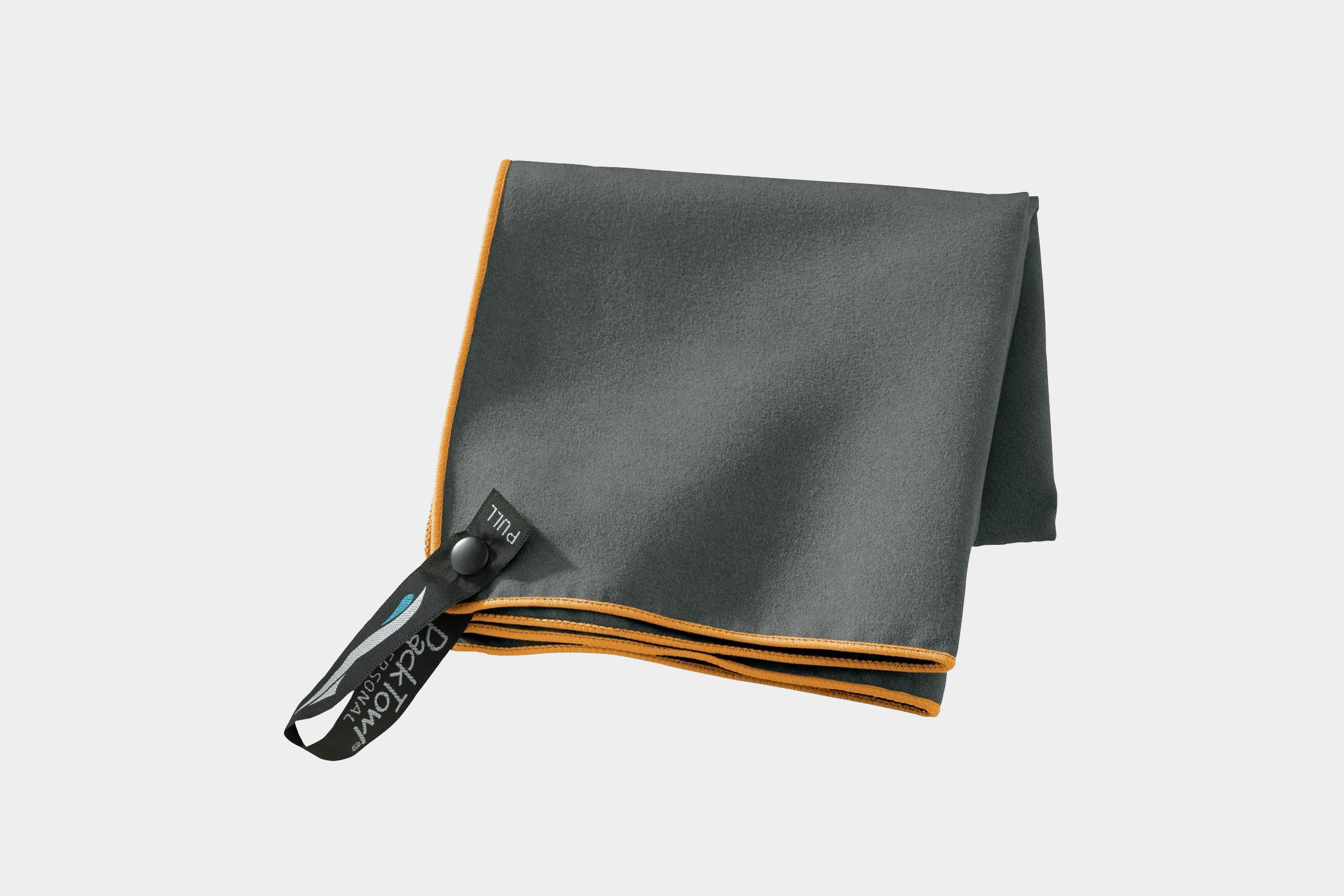
The reason, though, is the key here. Everyone talks about stabilizers and camera bean bags and other things to help you brace your camera while on wildlife drives, but these can get pretty expensive and cumbersome. However, you know what gets you about 95% of the way there and is multi-purpose, way smaller and way less expensive? A pack towel!
The gist is that for long-distance shots, or if you just need a little extra stabilization, it helps to brace your camera on the truck railing, the window sill or the seat in front of you to help stabilize it. However, these will often be bare wooden or metal railings, which means you’ll have your metal (or plastic) lens braced on metal or wood. This doesn’t create a soft connection and might even pick up on vibrations if you move or shift your weight inside the vehicle (or, of course, if the vehicle is in motion!).
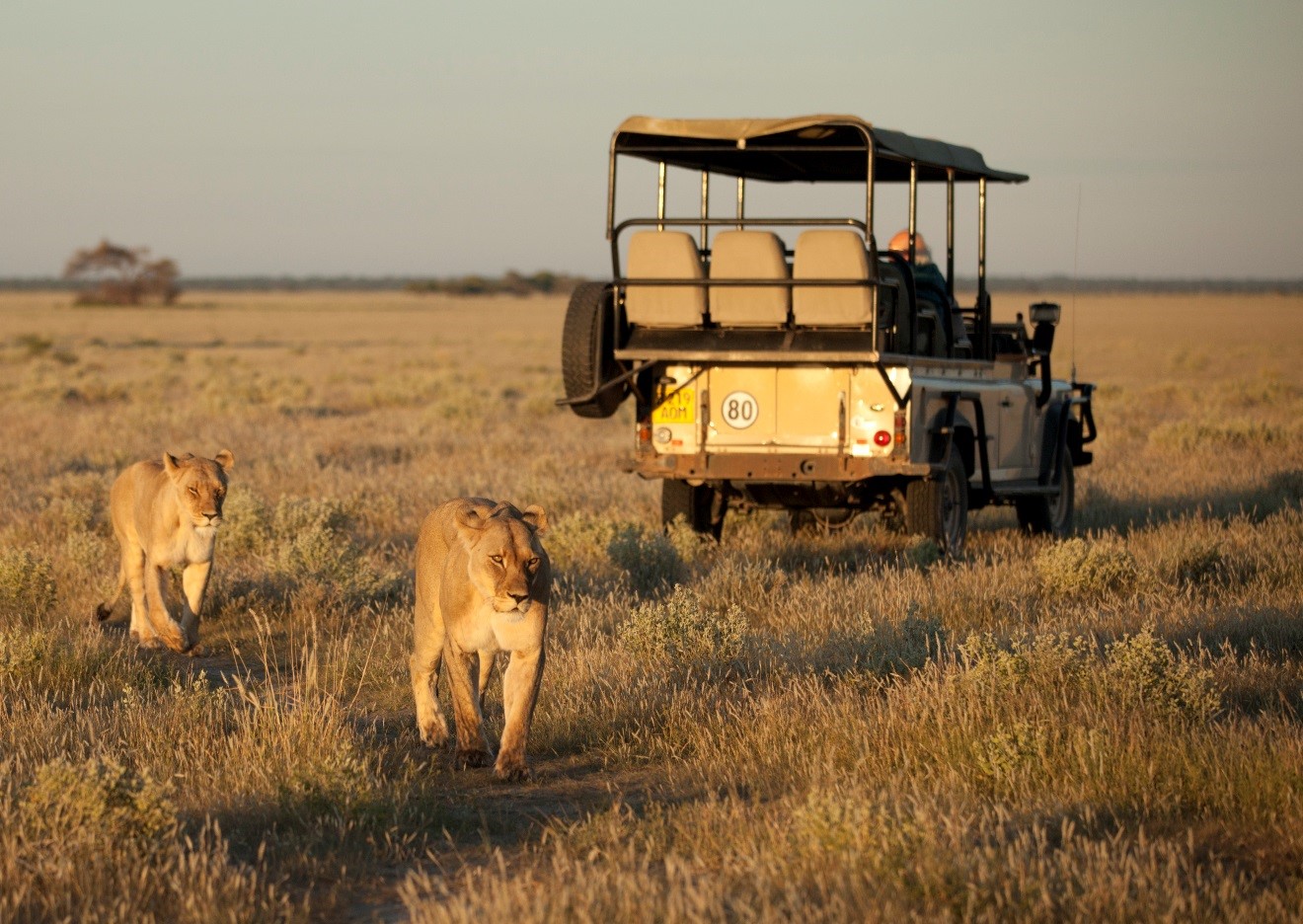
The simplest trick is to drape a small towel over the railing or tie the towel around the front of your lens and use that part to brace on the edge you’re using. And voila! You have a very portable, very easy way to brace your camera without all the fuss of larger stabilizers that might cause you to lose the shot. And again, wrapping a bandana around your lens does just as well.
The towel is nice, though, because if you get a short rain shower during the very photogenic green season in Africa, you can use the towel to dry off your equipment. You can also throw the towel over your camera while driving to protect it from dust.
Dry Bag
Although a towel can protect your camera from dust, I find a lightweight dry bag works best and takes up almost no room in your pack.
Simply place your camera in a dry bag (I like the 8-liter size for my camera, even with a big lens, but you’ll have to measure for your own), and you have top-notch protection. You don’t even have to close it up…just having the bag over your camera will remove dust from the equation.
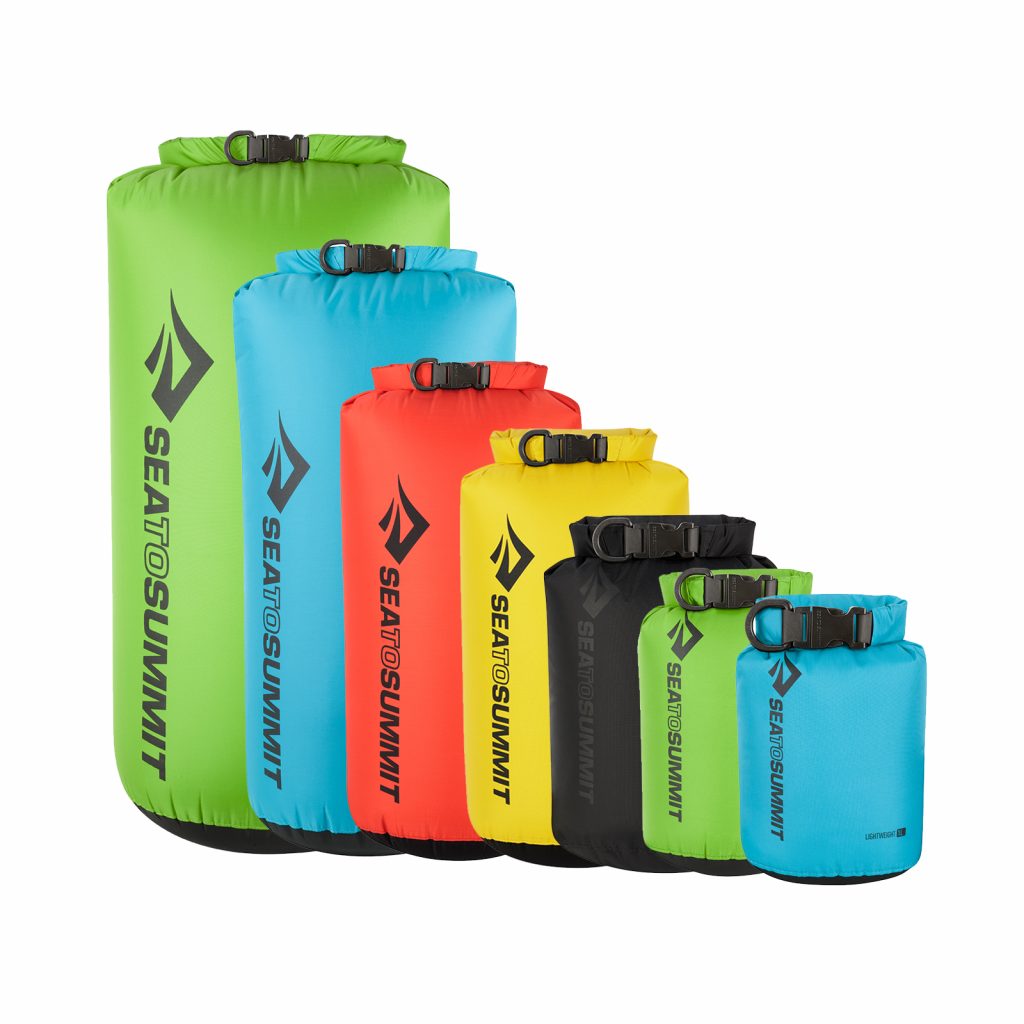
The dry bag also adds an extra layer of protection if you get caught in more rain than you expected, or if part of your photo safari itinerary includes places like Victoria Falls.
Small Travel Tripod
You can get some epic blue hour and night scenes while you’re on safari. However, they don’t necessarily require a big tripod, and due to safari luggage limits, you usually won’t have space for a big tripod in the first place. That’s why a small travel tripod, capable of holding your camera and wide-angle lens, is fantastic.
In addition to great photos of evenings around the campfire or meal times, photographing the tents or safari lodge as the light fades can give you some really amazing travel photos. Because these all require something like a 0.5- to 4-second exposure, you really don’t want to shoot hand-held, or else you’ll get a blurry shot.
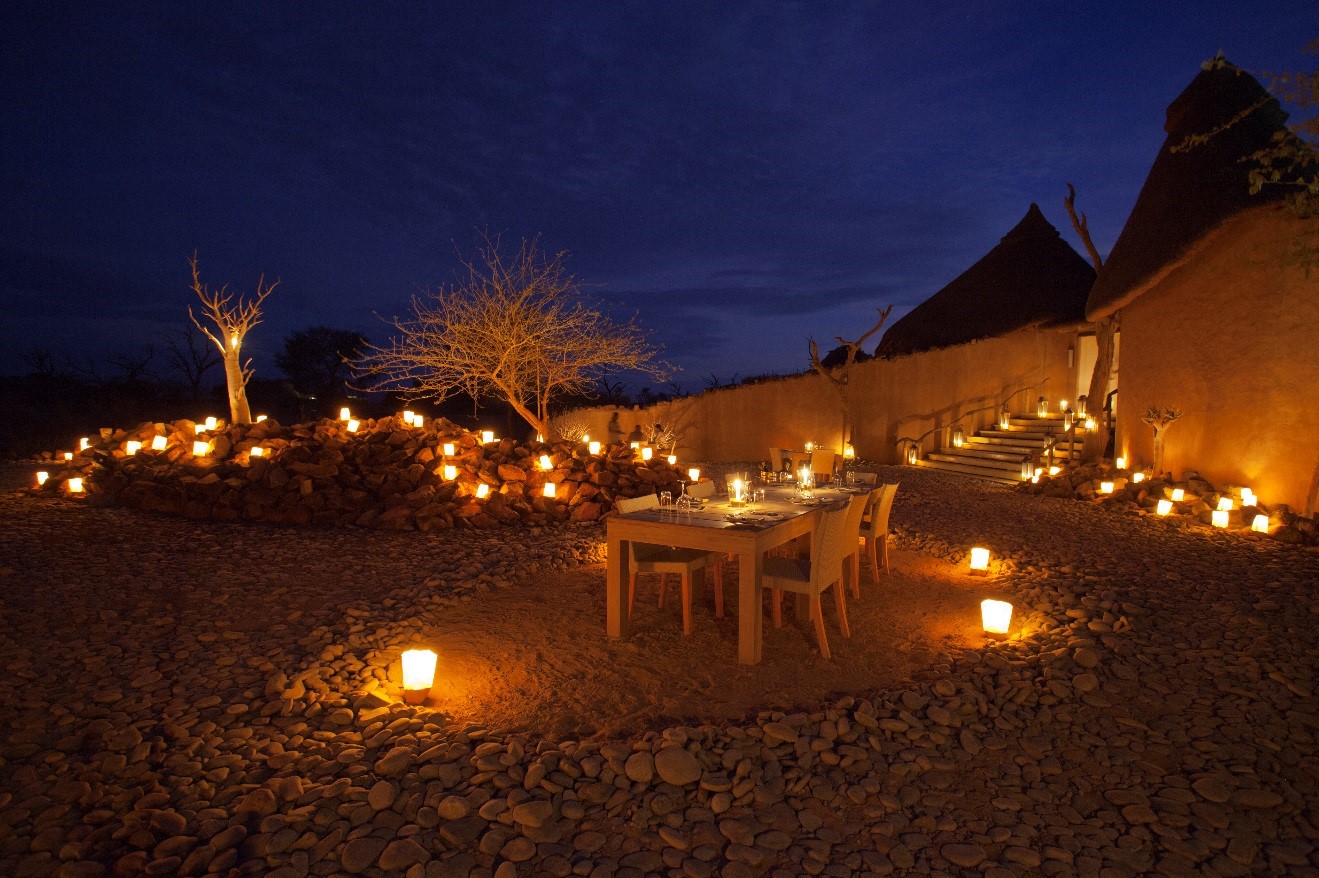
I personally like the Gorilla Pod, as it’s quite versatile and very lightweight. However, there are so many tripods to choose from these days, so just think about the size and weight of your camera, make sure the small tripod can hold it securely, and then go as small as you possibly can.
Think of this tripod as an X-factor for getting a handful of shots in the trip that might turn out to be some of your very favorite of the entire photo expedition.
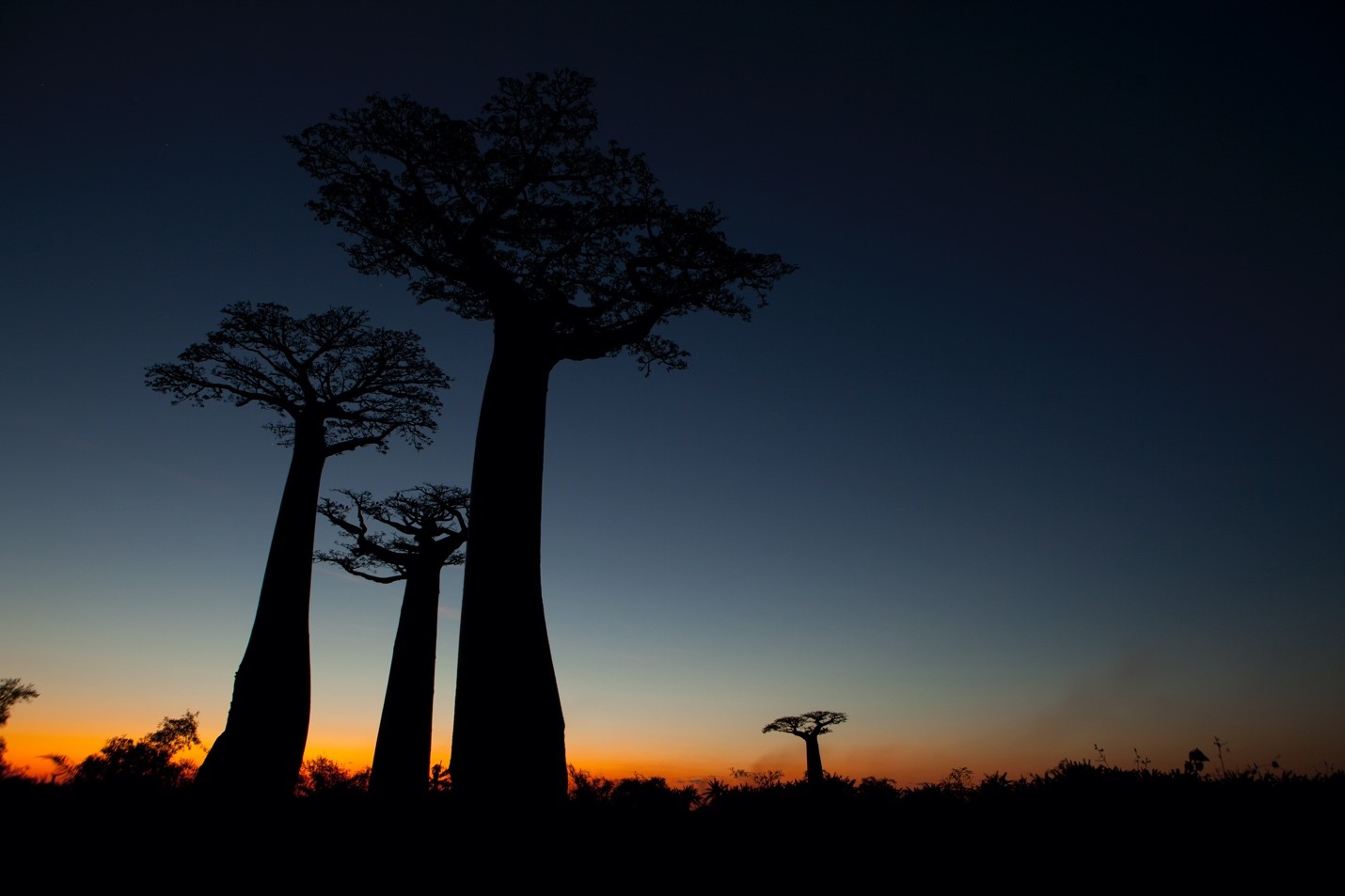
Lens Pen
Microfiber cleaning cloths are great, and I think we all have a dozen of them by now. However, if you are going to Africa, a lens pen does wonders if you end up getting more than just smudges on your camera lens, as dusty conditions are just part of the experience. Attempting to rub dust off your lens or camera body with a cloth can end up rubbing it into the lens, which could cause scratching. A lens pen has a soft brush that allows you to sweep the dirt away so that you can then use a cloth to clean as you’d like.

Extra Memory Cards
This one might be a no-brainer, but I’m still going to say it! Just when you think you have enough, get another 256 GB memory card. It’s amazing how many photos you’ll take when you’re on a quality photographic safari, and if you shoot at a fast frame rate (that is, multiple photos per second), you could go through hundreds of gigabytes in just one day. I’ve never known anyone to regret packing another memory card.
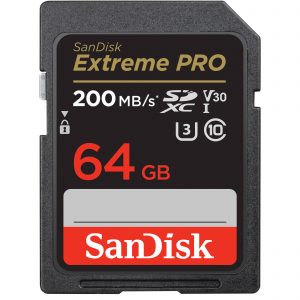
And a pro tip here: Pay attention to the transfer rate of these cards. Cheaper cards may be slower, such that you can’t capture multiple photos in a short window. In other words, having a fast transfer rate (we refer to these cards as U3 cards) will allow you to take 20, 30 or more photos, even on big cameras, without skipping a beat.

If I’ve said it before, I’ll say it again—Africa is going to be among—if not the highlight—of your photographic career. Make sure you have the right camera, make sure you’re on a great photographic safari itinerary, and make sure you have the accessories to keep your camera stable, safe and functional.
Until next time, go forward and give it a shot!
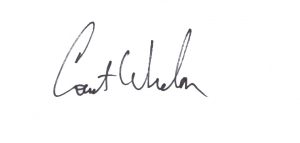
Court
2 Comments

Selina Medina
August 4, 2024 at 7:07 am
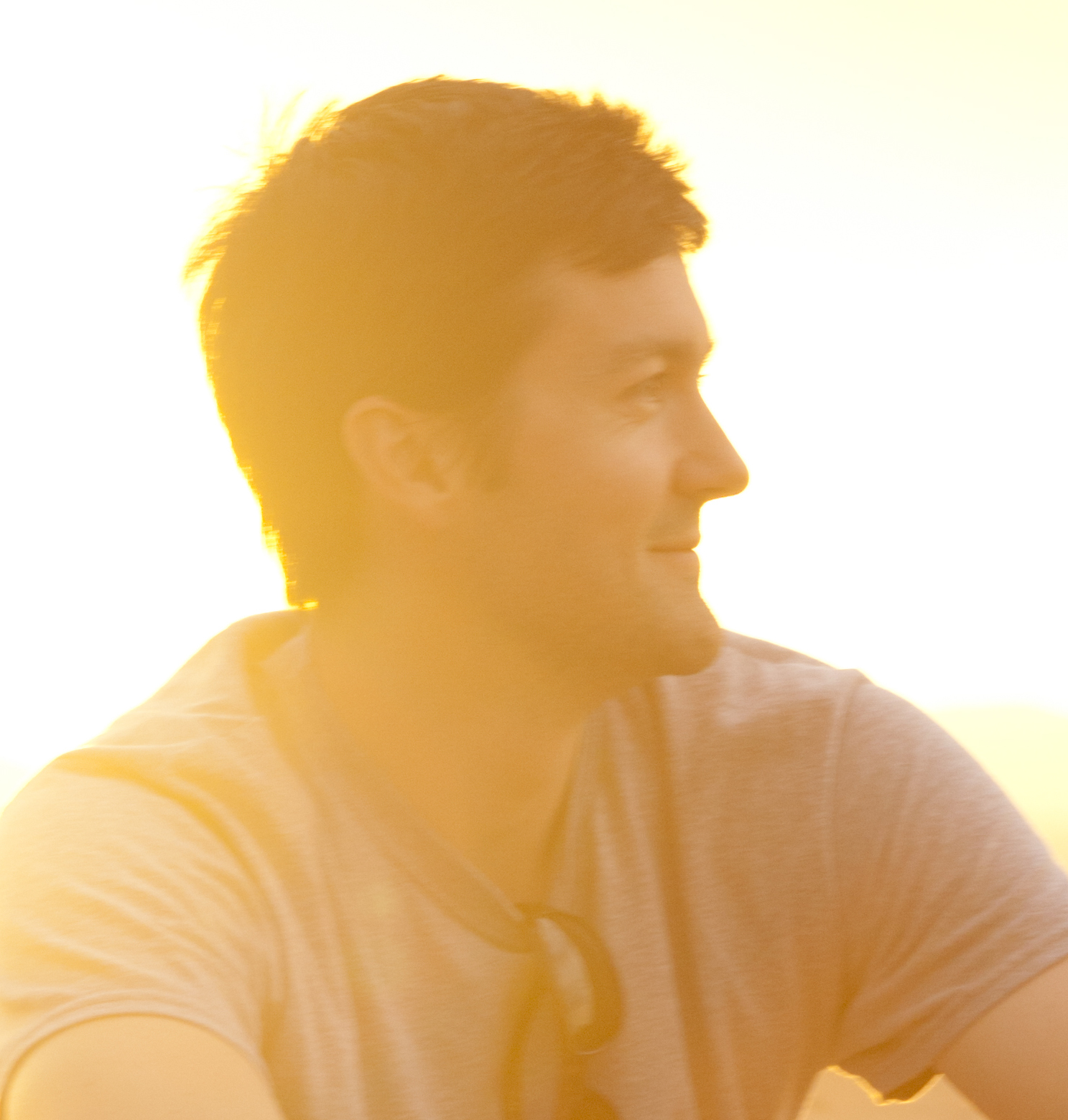
Court Whelan, Ph.D.
August 7, 2024 at 1:10 pm
I’m doing a trip to Borneo next August. Any lens recommendation? I was told I didn’t need a tripod, what are your thoughts.
Hi Selina, I think the very best lens would be something in the 100-400 or 200-600 range. However, there is a give and take with everything. The bigger the zoom the heavier, more expensive, etc. It also depends on whether you have a crop frame camera where a 400mm might actually be 1.6x, making it effectively a 640mm. Tripods really don’t help at all, because the wildlife are moving fast enough that you must shoot fast enough to eliminate hand movement. For instance, let’s say you wanted to shoot at 1/10th of a second because of limited light. The wildlife will no doubt be moving fast enough to cause immense blur. As for landscape shots, you may slightly benefit from a tripod, but generally landscape photos are more in the open, photographing into the forest, such that you can shoot quite a bit faster. Hope this helps!